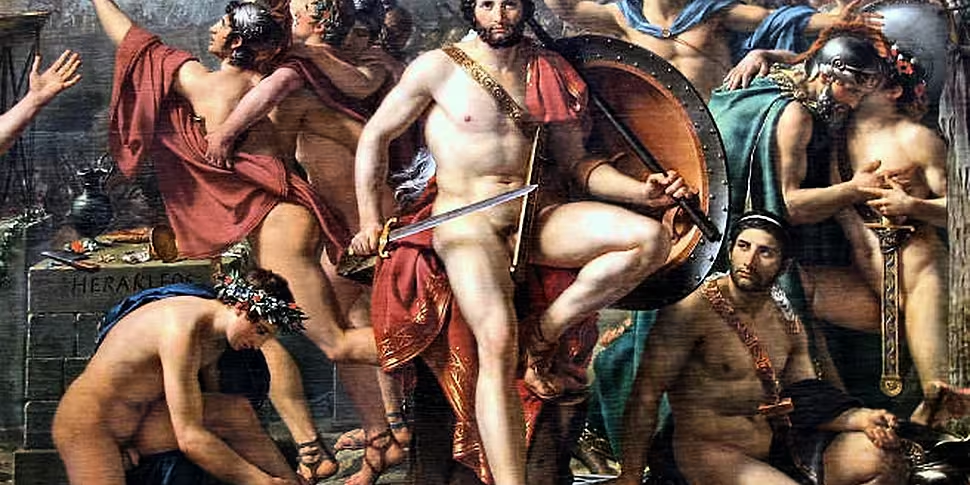Legend has it that after conquering the rest of Greece Philip of Macedonia sent a messenger to Sparta: “If I invade Laconia you will be destroyed, never to rise again”. The formidable state simply replied: “If”. Neither Philip nor his great son, Alexander, would attempt an invasion of this legendary region.
This semi-mythological event is a perfect example of the history of Sparta. Like many civilisations from this period the Spartans left no record of their own history or activities. We are forced instead to rely on the accounts of their enemies, contemporaries, and admirers. This has left us with a narrative that isn’t entirely dependable.
A large independent city state on the south-eastern Greek mainland, Sparta stood apart from its sister nations in numerous ways. It was ruled by two kings and a council of elders, had comparatively strong women’s rights, and prided itself on a strong martial tradition. It was this militarism that formed the greatest part of Sparta’s legacy.
Mothers bathed their newborn Spartans in wine. Those who survived were then brought before the council of elders who decided if they were worthy of becoming Spartans. Children who weren’t deemed strong enough were cast into a chasm on Mount Taygetos – life for the survivors would be hard and arduous.
Spartans spent their lives training. At seven years old boys began to learn the basics of warfare and soldiering, including the hardships of pain, exhaustion, and hunger. This education would continue until 20 when they would graduate to one of the city’s numerous compulsory communal groups. Here they would continue to train and prepare for life as a soldier.
Women were similarly educated and trained, which was unique among Greek states. Theirs had less emphasis on soldiering though. The Spartan woman’s battlefield was at home, where risked childbirth and waited stoically for their husbands and sons to return “with [their] shield – or on it”.
This life of training relied on a large serf population who worked the land and various trades. These helots formed the backbone of the Spartan economy and enabled the citizens to become the elite soldiers who would become so renowned.
In fact helots probably outnumbered the Spartans during the Battle of Thermopylae. Their presence would detract from the myth of the 300 though and so these helots have been largely forgotten; along with the 700 Thespians and 400 Thebans who also faced the Persians at Thermopylae.
Thanks to the mythologising of this warrior race we will never truly know what Sparta was like. Yet this mythologising is what allowed the memory of Sparta to last so long. As Professor Michael Clarke of NUI Galway explained: “The myth of Sparta, especially the myth of Spartan self-sacrifice in the Persian Wars, was what had the power to drive the image or the importance of the Spartans through later ages”.
Our main sources come from Athenians who were so very different from their southern neighbours. This was the great city of learning and the arts, the ideological home of democracy and modern politics which stood in stark contrast to the militaristic Sparta.
How much has the Athenian view of their neighbour and rival distorted the memory of Sparta? Was this truly a nation of laconic warriors, perpetually training for war? Was Sparta’s walls its soldiers’ shields? Or has history created giants of mere men?
Join Tommy Graham, the editor of History Ireland, as he stands in for Patrick Geoghegan and chairs a discussion on the great ancient city-state of Sparta.









